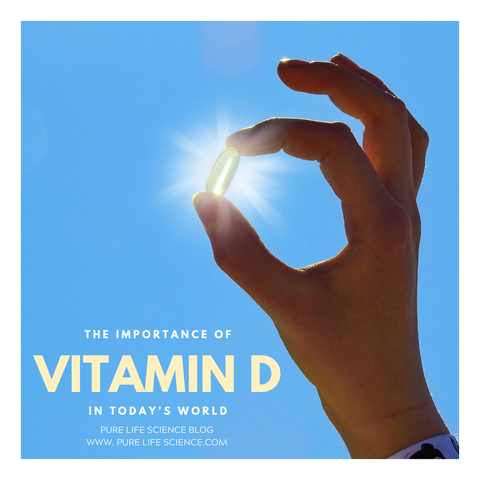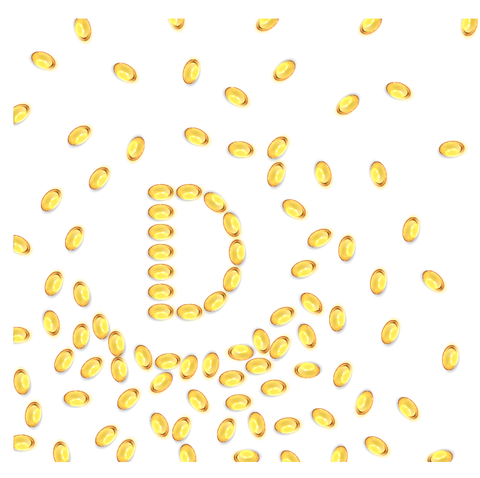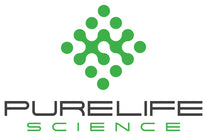The Importance of Vitamin D in Today’s World

Anyone who knows our company knows we’re big proponents of vitamin D, but what more can be said about vitamin D that hasn’t already been said?
First of all, it’s important to realize that vitamin D is not a vitamin—it’s a hormone. It has the same chemical structure as other hormones in the body like testosterone and estrogen. Vitamin D receptors are present all over your body, so the vitamin is created when your skin and eyes are exposed to ultraviolet radiation from the sun. A lack of vitamin D has been associated with multiple sclerosis, Alzheimer’s, cardiovascular disease, and pretty much every type of cancer. Despite this overwhelming evidence, dermatologists and the US government still recommend that you avoid the sun at all costs. By doing this they are ensuring an ongoing explosion of chronic illness.
Where did these recommendations come from? Back in the 1970s, spray cans contained a very dangerous substance called chlorofluorocarbons (CFCs). The use of these chemicals caused a layer of the Earth’s ozone to deplete, thus allowing stronger UV radiation to get through and burn people at a higher rate. It was thought that this caused the increase in skin cancers. It made sense at the time—the 70s were a time of sun worship! However, in one of the rare displays of social conscience by our governments, CFCs were banned in 1996. Now, 40 years later, the ozone layer has recovered to the levels of the early 70s (“Total ozone trends,” 2018). The sun is not the dangerous thing we were brought up to believe!
But how much is enough? Ultimately, it depends on your skin colour. The darker you are, the more you require. In fact, if you have black skin, you probably can’t get enough sun exposure north of the 35th parallel, no matter how long you’re outside. Since absorption is so variable, testing of your vitamin D level is essential. The range people should aim for is 150 to 250 mmol/L, so we routinely recommend that you take 10,000 units a day in winter and 5,000 units a day in summer. Unlike vitamin A, vitamin D is not a fat-soluble vitamin, so overdosing on vitamin D is neither common nor dangerous (Spiller et al., 2016).

If you’re paying attention to the news, you’ll realize that depression is at an all-time high. Anti-depressant use is similarly at an all-time high. Could the solution really be as simple as vitamin D supplementation? If high school students were tested and supplemented as needed, would depression amongst youth be reduced? We believe it would. If we are indoors all the time (school, video games, etc.) and our food is now raised indoors, where is our vitamin D going to come from?
So go out and get a tan, and try supplementing to see how it makes you feel. You can judge your own health best just by listening to your body—it talks to you every minute of every day.
REFERNCES
Spiller, H., Good, T., Spiller, N., & Aleguas, A. (2016). “Vitamin D exposures reported to US poison centers in 2000-2014: Temporal trends and outcomes.” Human and Experimental Toxicology, 35 (5), 457-461. doi: 10.1177/0960327115595685
“Total ozone trends.” (2018). http://ozone.meteo.be/meteo/view/en/1550054-Total+ozone+trends.html
